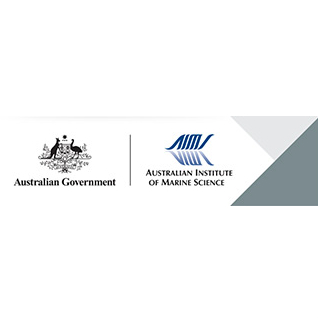Brief description
10 novel, polymorphic microsatellite loci were developed from herbicide-bleached tissues of the brooding pocilloporid coral Seriatopora hystrix from the Great Barrier Reef. Algal symbiont-free coral tissue was obtained by bleaching coral with a herbicide, Diuron. A DNA library was generated using hybridization capture for enrichment of microsatellites.Linker-ligated restriction fragments were heat-denatured and hybridized to biotinylated probes that included the dimers (AC)13 and (AG)12, trimers (AAC)6 and (ATC)8, and tetramers (AATG)6 and (ACAG)6. Positive colonies (180) containing putative microsatellite repeats were picked and sequenced with M13 forward and reverse primers on an automatic DNA sequencer. Out of 89 microsatellite sequences that were found, PCR primers were designed for 36 loci (those with the largest numbers of uninterrupted repeats). Those primer pairs that amplified well were assessed for polymorphism on 16-30 colonies from Scott Reef in Western Australia, and Flora Reef on the Great Barrier Reef in East Australia. In addition, testing was conducted on 5 primer pairs developed from Red Sea S. hystrix, and 3 primer pairs developed for Pocillopora from French Polynesia. For some loci that did not amplify well, new primers were redesigned and tested. Thus a total of 68 primer pairs were investigated and, from these, 9 and 10 primer pairs were incorporated into 2 multiplex reactions that reliably amplified polymorphic microsatellites in populations from the west and the east coast of Australia, respectively. Number of alleles ranged from 3 to 22 per locus. Respectively, 49 and 51 colonies were genotyped from Scott and Flora Reefs.The novel loci were named using the prefix Sh (for the species name) and 2, 3 or 4 according to repeat motif type (di-, tri-, or tetramer), followed by a number (001 to 010). GenBank Accession numbers: DQ131572 (Sh4-001), DQ131573 (Sh2-002), DQ131574 (Sh3-003), DQ131575 (Sh3-004), DQ131576 (Sh2-005), DQ131577 (Sh2-006), DQ131578 (Sh3-007), DQ131579 (Sh3-008), DQ131580 (Sh3-009), DQ131581 (Sh4-010). To report the isolation of 44 microsatellites from the brooding, pocilloporid coral, Seriatopora hystrix, developed from a partial genomic DNA library using a repeat enrichment protocol. To test a further 8 previously published microsatellites; 5 of these had been developed for S. hystrix, and 3 had been isolated from corals of the closely related genus Pocillopora. Red Sea S. hystrix primers were developed by Maier E et al, 2001; and French Polynesia Pocillopora primers were developed by Magalon et al., 2003. For futher information on methods and to view the references in detail, see:Lineage
Maintenance and Update Frequency: notPlannedNotes
CreditUnderwood, James N, Dr (Principal Investigator)
Modified: 17 10 2024
text: westlimit=121.83333; southlimit=-14.0; eastlimit=121.83333; northlimit=-14.0
text: westlimit=146.27472; southlimit=-17.19167; eastlimit=146.27472; northlimit=-17.19167
Development of 10 polymorphic microsatellite markersfrom herbicide-bleached tissues of the brooding pocilloporid coral Seriatopora hystrix: Underwood JN, Souter PB, Ballment E, Lutz AH and van Oppen MJH (2006) Development of 10 polymorphic microsatellite markersfrom herbicide-bleached tissues of the brooding pocilloporid coral Seriatopora hystrix. Molecular Ecology Notes 6: 176-178.
local : articleId=7144
- global : f8788991-7b20-4e8a-837e-168002c7d1a5


